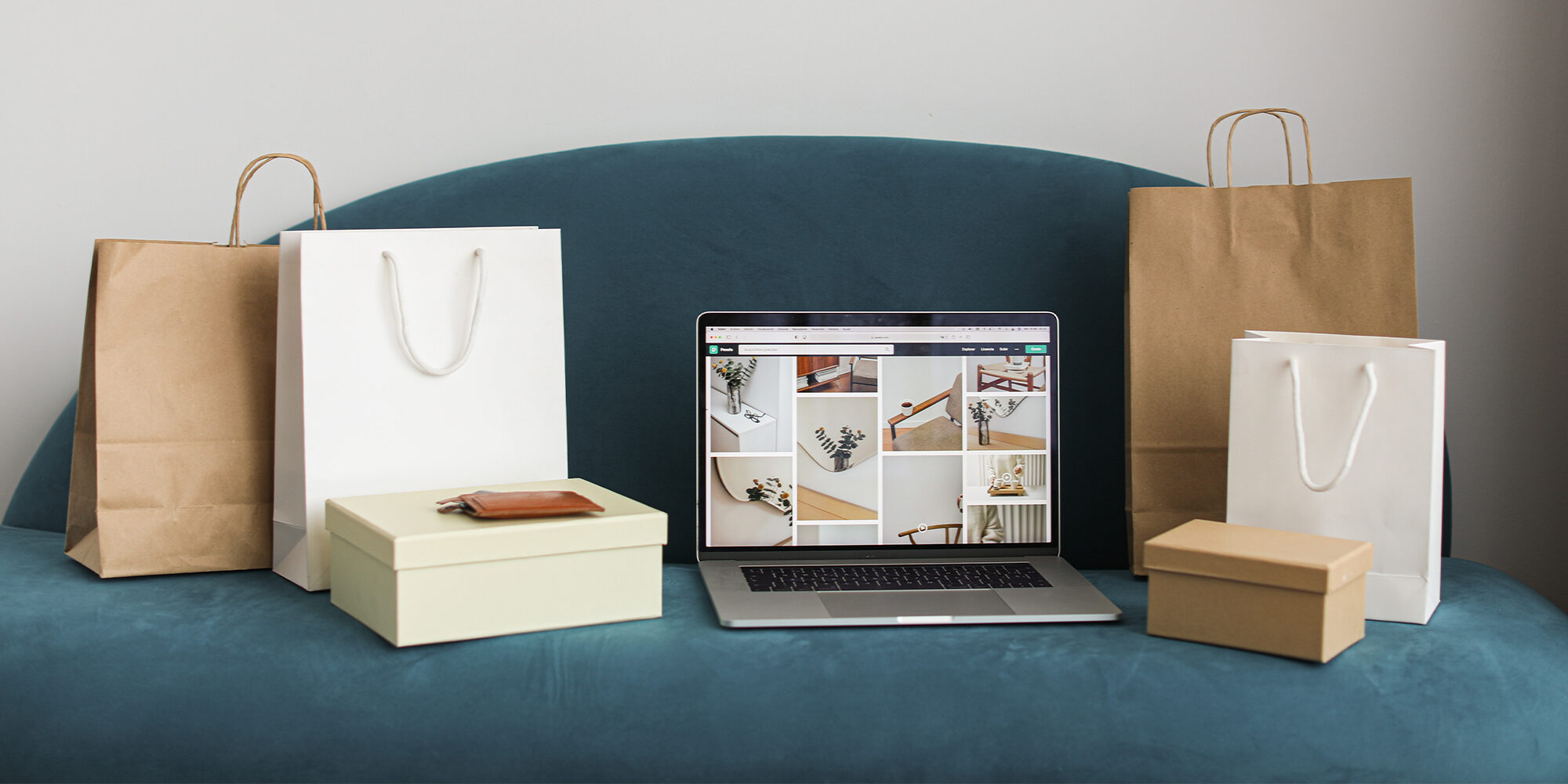
What Beauty Brands Should Know About Expanding From Direct-To-Consumer Distribution To Retail
Even in an age when consumers anywhere can shop from beauty brands online, retailers remain incredibly attractive prospects for them.
After originally starting in direct-to-consumer distribution, Maes Face, gen Z skincare line, and Vegamour, a brow, lash and hair growth brand, have extended into traditional beauty retail. Maddie Fantle launched Maes Face in January with no immediate plans to head to retail. She’d been ramping up brand awareness via a social media campaign that enlisted micro-influencers to spread the word about Maes Face’s Instagram-worthy face masks. In July, once the brand gained some 10,000 followers on Instagram, however, it broke into Urban Outfitters, which contacted it upon spotting it on social media. It’s now sold on the lifestyle retailer’s website.
Founded in 2017 by Daniel Hodgdon, Vegamour, like Maes Face, hadn’t intended to sell at retail early on. In fact, Hodgdon initially opted not to go for a potential Sephora partnership. However, Sephora came knocking again, and Hodgdon went for it. Vegamour premiered at the beauty specialty chain in June. This year, the brand is on track to hit $100 million in sales. About 60% of its monthly revenues are due to returning customers.
Last Wednesday, Hodgdon and Fantle participated in a Beauty Independent In Conversation that covered their brands’ expansions from DTC to retail. Here are three key points from the discussion.
1. Getting Ready For BeautyRetail
Fantle pointed out Maes Face wasn’t retail-ready—until it had to be. “We decided to go through and pursue [the opportunity with Urban Outfitters], which then made us retail ready,” she said. It was a help that the retailer’s requests weren’t too onerous. Fantle said, “It was as an attainable opportunity for a small brand. Some retail, especially for small brands, can break the bank, and this was an attainable opportunity.” She emphasized, “Not every retail deal or offer you get as a brand is the right one, and you shouldn’t say yes to all of them.”
Prior to partnering with Urban Outfitters, Fantle admits Maes Face didn’t have a line sheet. There were other details she had to tend to as well in advance of the brand hitting Urban Outfitters’ website. Fantle said, “We have glass bottles and, in order to save on paper costs, we ship in our glass bottles. We don’t have an outer box. So, all the text for retail has to be on [the bottle]. We already had ingredients listed, but we also had to list directions, where it’s distributed, where it’s made—all this stuff. There’s a bunch of little minor things that you have to think about. And, with retail, there’s such things as chargeback. So, if you’re not following directions to a T with the retailer, you can get charged. You really have to be organized and make sure that you’re following what that specific retailer wants. It’s definitely a process.”
When Sephora first approached Vegamour, Hodgdon didn’t feel the brand was prepared. He explained that dealing with retail entails “a different skill set, and it wasn’t my skill set. It wasn’t anyone on tiny little team’s skill set. Last year, we were eight people, and we were doing fulfillment ourselves. We didn’t have EDI [electronic data interchange] set up or anything like that. So, it felt a little premature to me, but they kept kind of pushing back.”
Hodgdon’s hunch was right that big-time retail requires big-time preparation. “I knew it was going to be a heavy lift, but I had no idea how heavy of a lift it was going to be until we engaged in it,” he said. “I thought our marketing director could handle it. I thought it was going to be, you know, you sign a contract, you send them the stuff—and no, it’s not that at all. It feels like you need probably six people on that team just to service all the demands if you want it to be successful. These things don’t jump off this stuff and sell themselves.”
2. Raising Brand Awareness
Beauty Retail partnerships can bring perks that don’t necessarily boost a brand’s bottom line—at least not right away. “We didn’t see a huge increase on purchases on our website, but [going into Urban Outfitters] did increase our brand awareness and our follower count. One of our SKUs sold out at urban Outfitters within 48 hours. Urban has a reach that we just don’t have, so it helped show the demand for the product,” said Fantle. “It also helped get some press, which helps spread awareness. So it depends how you measure success, but [entering retail] was definitely beneficial.”
Vegamour is seeing a lift in brand awareness, too. “Sephora told us they did a little survey, and only 2% of their customers have heard of Vegamour,” said Hodgdon. “To me, I was like, ‘Oh, well, there’s the reason why we’re doing this.’ It’s about brand recognition, brand halo, which we had very little of because we live in this little bubble where we got really good at using data to pinpoint target cohorts that we knew would be interested in our brand, and we didn’t spend any money on getting anyone else’s attention.”
Rolling out to Sephora has buoyed Vegamour’s mission to define a new category in haircare. “We call it hair wellness,” said Hodgdon. “We think it’s redefining what haircare actually should be or could be, and our holistic inside-out approach really spoke to Sephora. They have a much bigger platform and megaphone than we do. You have to educate the public on, what is hair wellness? Why should I care about it? And what is it going to do for me? Those are the things that people want to know, and we can go around saying it, but, when we have an industry leader, a tastemaker like Sephora as your partner, helping to spread that gospel of hair wellness and why it’s important, it’s so much more impactful than us as a single voice in a massive vacuum of noise.”
3. Assessing Profitability
Brands accrue expenses when signing on with a retailer, and the trick is to make those expenses pay off. “It was important for us with this new retail partner to spend some of our marketing efforts [to direct traffic] towards Urban’s website instead of our own website,” said Fantle. “Long term, it’s not less profitable. If they are a constant reorder, the bulk that they reorder is more than we can drive to our site. We’re still making a profit, not as much of a profit as if someone’s buying product directly on our website, but we’re thinking more long term with this retail partner. They have the reach and quantity that right now we don’t have.”
In evaluating whether to place Vegamour in Sephora, Hodgdon acknowledges he worried about cannibalization. “You’re like, ‘Oh, if customers start going [to the beauty retailer’s website instead of ours], we’re losing their margin,’ but you also have to remember, when you acquire customers, you’re paying an acquisition cost, too,” he said. “And if your acquisition cost is three-fourths of what your average order value is, you actually you make a little more money on the first customer purchase through Sephora. There’s all these things you have to sort of juggle in the algorithm.”
To watch a replay of the webinar diving into beauty retail distribution, visit Beauty Independent’s premium In Conversation webinar library





Leave a Reply
You must be logged in to post a comment.